If you’re bringing home a dog for the first time, you probably have a lot of questions. One that comes up a lot is whether it’s okay to share a saltine cracker with your new pup. These crackers are a common snack for us, so it’s natural to wonder if they’re safe for dogs. It’s important to know how human foods fit into your dog’s diet. Here, I’ll break down what’s in saltine crackers, how salt affects dogs, what to do if your dog eats a few, and some better snack ideas. You’ll get simple tips to help keep your dog happy and healthy.
What Are Saltine Crackers, and Why Do We Love Them?
Saltine crackers are thin, crunchy snacks made from flour, yeast, water, baking soda, and salt. The dough is rolled out and baked, which gives them their light texture and little holes. People often eat saltines when they have an upset stomach because they’re bland and easy to digest. They also go well with soup, cheese, or peanut butter, and they last a long time in the pantry.
Nutritionally, saltines are mostly simple carbs and don’t have much fiber, protein, or vitamins. They also have more salt than you might expect, since each cracker is sprinkled with coarse salt on top. One saltine has about 59 milligrams of sodium, which is around three percent of what an adult should have in a day. That can add up fast if you eat a bunch at once.
Can Dogs Eat Saltine Crackers?
The short answer is yes!
It’s good to know that saltine crackers aren’t toxic to dogs. If your dog grabs a small piece, it probably won’t hurt them. The main issue is that saltines don’t give dogs any real nutrition, and they have a lot of salt for a dog’s size. Giving your dog too many salty or starchy snacks can make them thirsty, cause dehydration, and even lead to weight gain.
Experts also say that most crackers have a lot of salt. One or two saltines won’t harm a healthy dog, but giving them crackers often isn’t a good idea. Too much salt can cause dehydration, mess with your dog’s electrolytes, and in big amounts, even hurt their kidneys or heart. So, it’s fine if your dog gets a tiny taste once in a while, but saltine crackers shouldn’t be a regular treat.
Saltine Crackers and Dogs: Minimal Benefits, Real Risks
Saltine crackers are not good for dogs and can even be risky. They are not poisonous, but they have a lot of salt, which is bad for your dog’s health. Eating too much salt can make dogs dehydrated and cause kidney or blood pressure problems.
Saltines are made from flour, salt, and oil, so they do not give your dog anything healthy. Dogs need protein, good fats, and vitamins, but crackers do not have these. If you give crackers often, your dog could gain weight or have stomach problems.
Some people give their dogs a small piece of unsalted cracker as a treat, but this should only happen once in a while. A crumb or two is usually fine for healthy dogs, but it is not something you should do often.
It is better to give your dog safe snacks like carrot pieces, apple slices without seeds, or plain rice cakes. These are healthier and safer. If you want to try new foods with your dog, talk to your vet first, especially if your dog has health problems or special food needs.
Risk of Saltine Crackers for Dogs
Sodium Toxicity Poisoning
Saltine crackers have a lot of salt, which is especially risky for dogs. Too much sodium can quickly dehydrate them and throw off their electrolytes. This can lead to vomiting, diarrhea, shaking, and in serious cases, even seizures or coma.
Cardiovascular and Kidney Damage
If dogs eat salty foods like saltine crackers often, their blood pressure can go up. This puts extra stress on their heart and blood vessels. Their kidneys also have to work harder to get rid of the extra salt, which can cause kidney problems or make existing ones worse.
Digestive System Disruption
Saltine crackers are made with refined flour and lots of carbs, which can upset a dog’s stomach. Dogs might get bloated, gassy, have diarrhea, or get constipated because their bodies aren’t built to handle these kinds of foods.
Weight Gain from Empty Calories
Saltine crackers provide no nutritional value while adding unnecessary calories to a dog’sSaltine crackers don’t offer any real nutrition for dogs, just extra calories they don’t need. Eating them regularly can lead to weight gain, without giving dogs the protein, healthy fats, or vitamins they actually need.
3 Signs Your Dog Has Overeaten Salt
Salt can be dangerous for dogs if they eat too much, but the early signs of salt toxicity are easy to miss. Knowing what to watch for is important, especially if your dog has eaten salty foods or spent time at the beach.
Severe Dehydration and Excessive Thirst
When a dog eats too much salt, their body tries to balance the extra sodium by pulling water out of their cells. This causes your dog to become very thirsty and may lead to more frequent urination.
Look for signs like heavy drooling, thick or foamy saliva, and your dog searching for water. As dehydration gets worse, your dog might seem tired or confused. Small dogs are at higher risk because their bodies have a harder time handling extra salt.
Neurological Symptoms and Muscle Problems
Too much salt can affect your dog’s brain and nerves. Early signs include weakness, trouble walking, or muscle shaking.
If your dog eats a lot of salt, more serious symptoms like seizures, shaking, or even passing out can happen. These are emergencies and need a veterinarian right away. Drinking too much water too quickly after eating salt can also cause problems like brain swelling.
Gastrointestinal Distress and Behavioral Changes
Vomiting is often the first sign of salt poisoning and usually happens within a few hours. Your dog might also have diarrhea, stomach pain, or not want to eat or drink.
Some dogs may seem confused, less responsive, or act out of character. They might wander around or bump into things if their brain is affected by too much salt. These changes can happen a few hours after eating salt and can get worse quickly if not treated.
Salt poisoning can get worse quickly, starting with mild symptoms like thirst and leading to serious problems like seizures. If your dog shows any of these signs after eating salty foods or visiting the beach, call your veterinarian right away.
What to Do if Your Dog Eats Saltine Crackers
If your dog happens to eat saltine crackers, try to stay calm. Remove any leftover crackers so your dog cannot eat more, and make sure your pet has access to plenty of fresh water. This can help reduce the effects of the extra salt and keep your dog hydrated.
Keep an eye on your dog for the next day or two, and watch for any signs of salt toxicity. These can include increased thirst, vomiting, diarrhea, tiredness, muscle tremors, or trouble walking. Smaller dogs are more sensitive to salt and may show symptoms more quickly.
If your dog only ate one or two crackers, they will probably be fine as long as you watch them for any changes. If your dog ate a larger amount or starts to show any of the symptoms listed above, call your veterinarian right away. Acting quickly can help prevent more serious health problems.
To help prevent this in the future, keep salty snacks where your dog cannot reach them. If your dog likes to join you during snack time, try offering healthy options like carrot sticks or apple slices instead.
Conclusion
Saltine crackers are not toxic to dogs, but they do not offer any nutritional benefits and are not a good choice for treats. The main concern is their high sodium content, which can lead to dehydration or upset stomach, especially if eaten in large amounts. Dogs do not need the extra salt or refined carbohydrates found in these crackers, and the calories do not support their health.
Veterinarians recommend not feeding saltine crackers to dogs on a regular basis. While a small piece is unlikely to harm a healthy dog, giving these crackers as treats can encourage unhealthy eating habits. Small dogs are especially sensitive to salt, so it is best to avoid offering them salty snacks.
Instead of giving your dog human snacks, choose treats made specifically for dogs that offer real nutritional value. Keeping your dog on a balanced diet that meets their needs is the best way to support their health. If you are unsure about whether a food is safe for your dog, ask your veterinarian for advice.




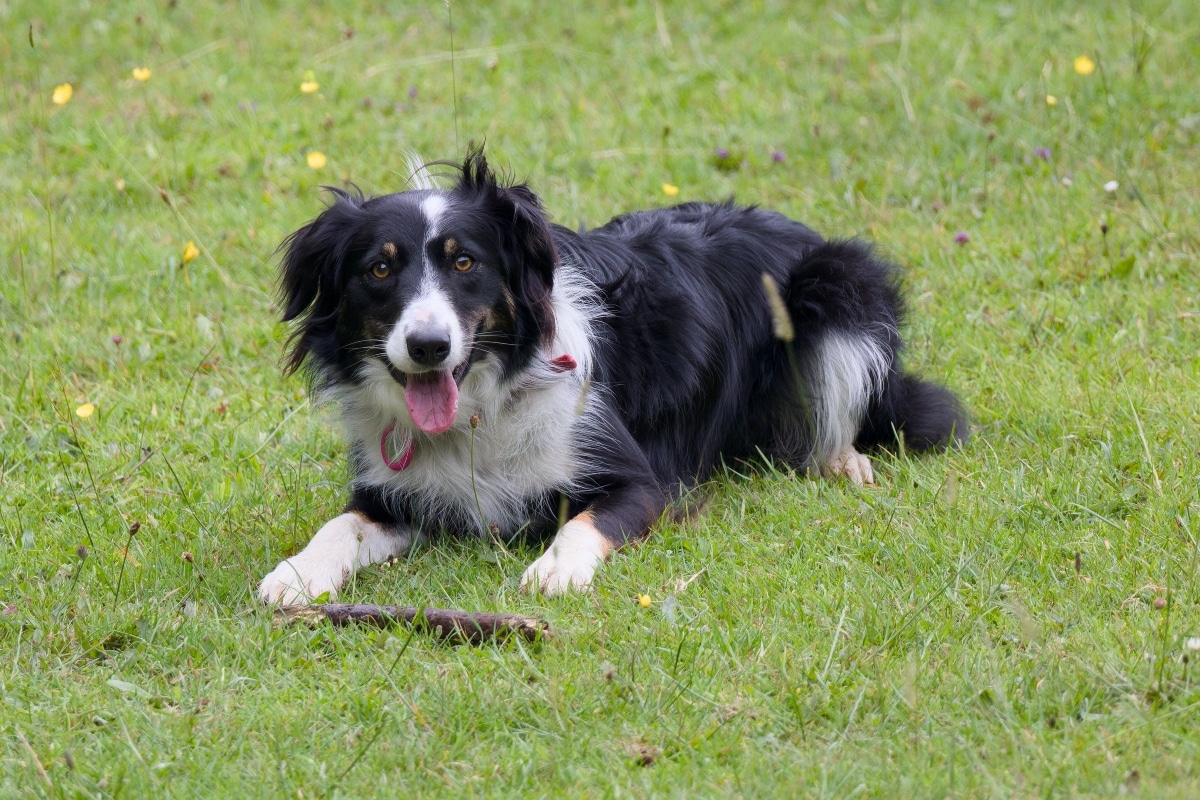




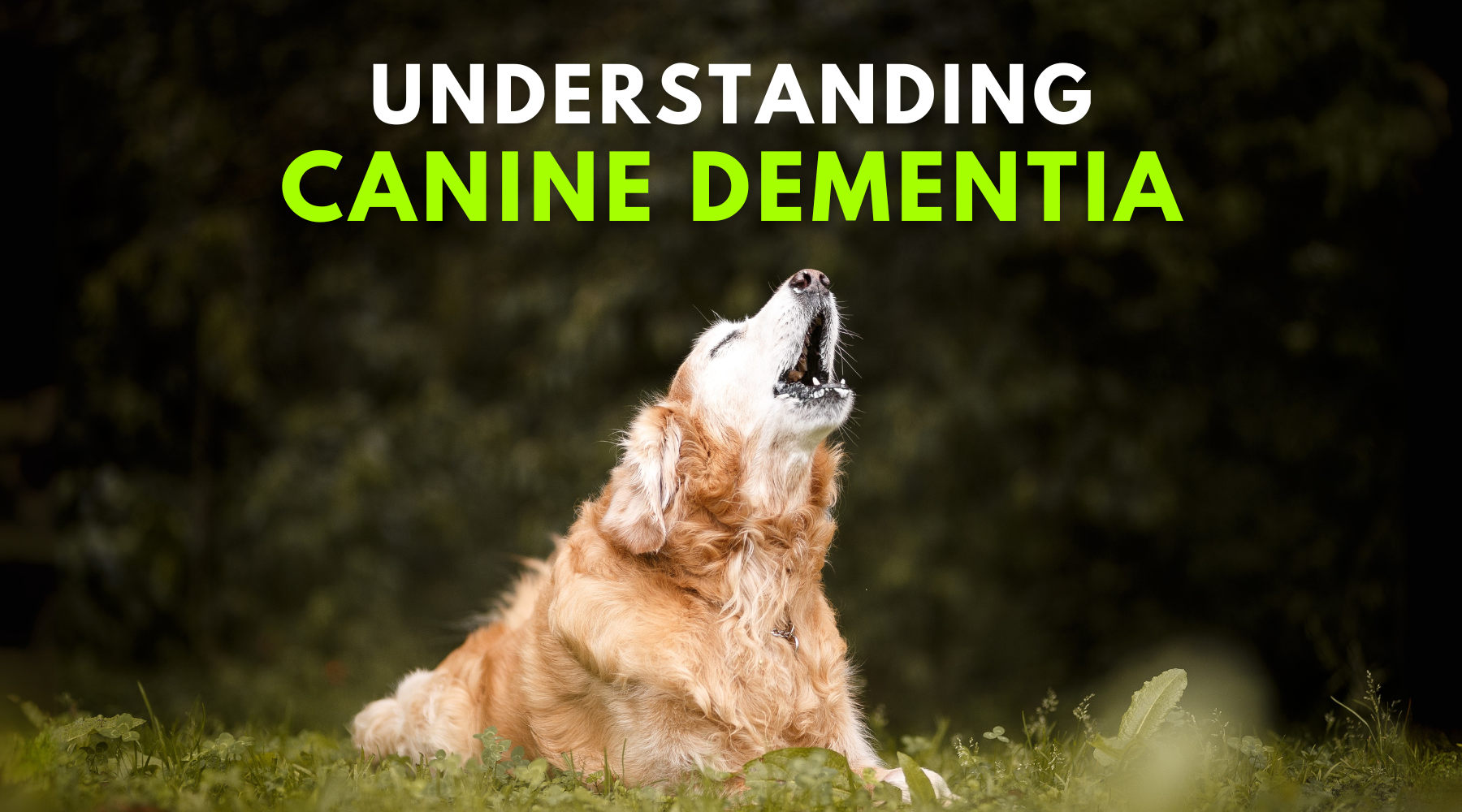

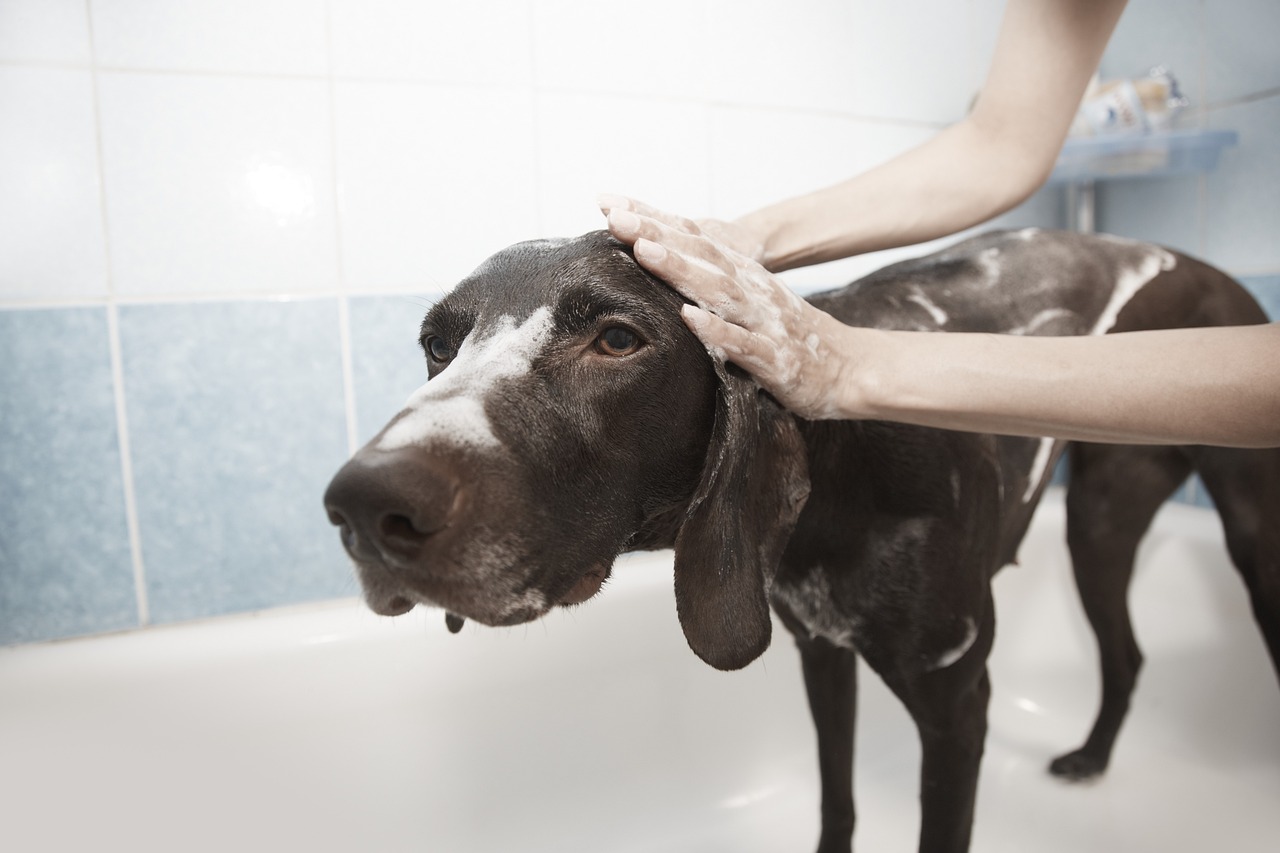
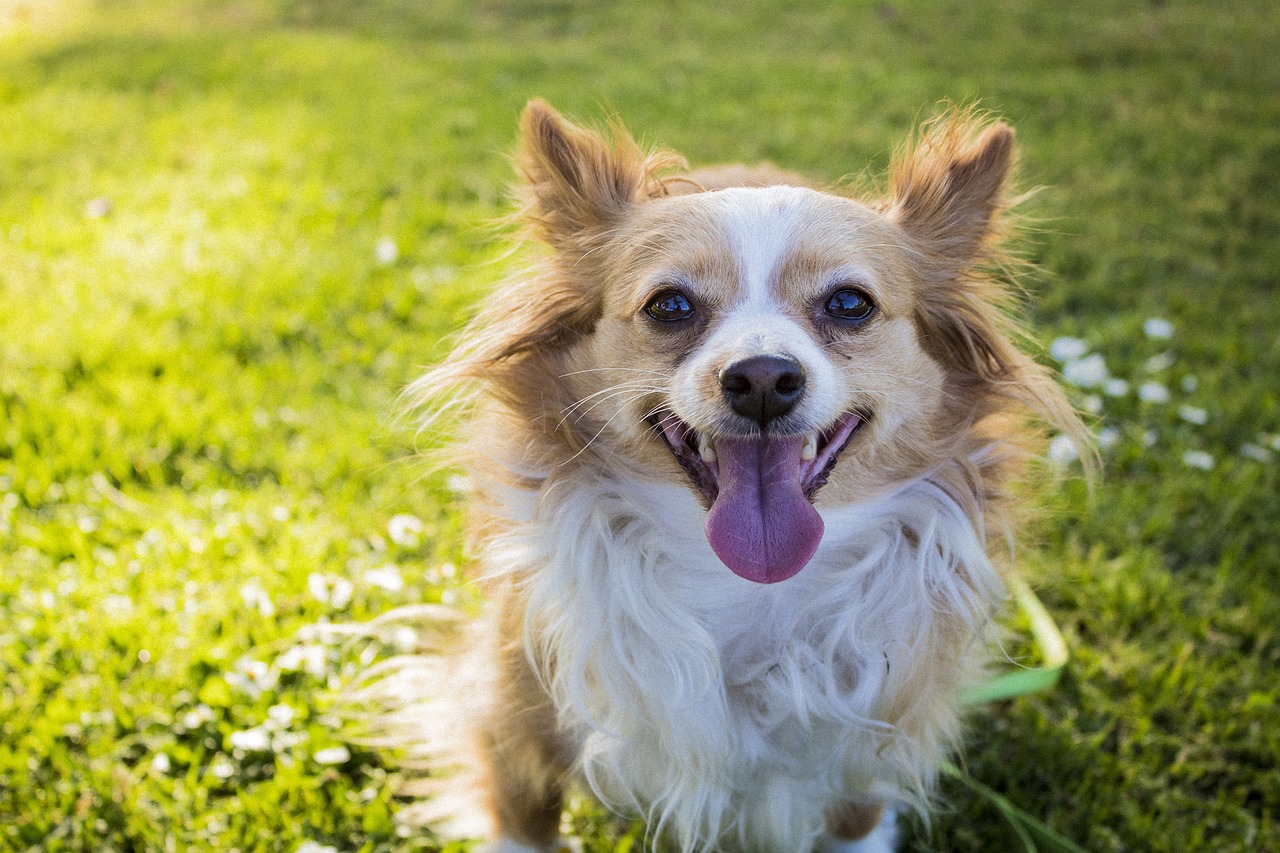



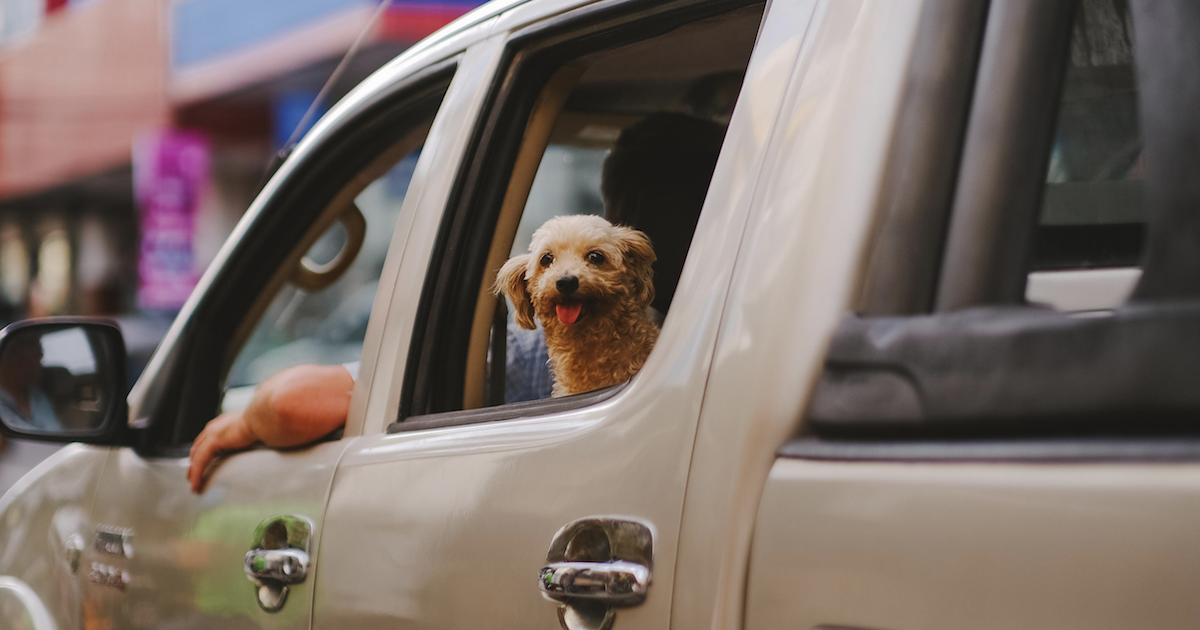


 English (US) ·
English (US) ·